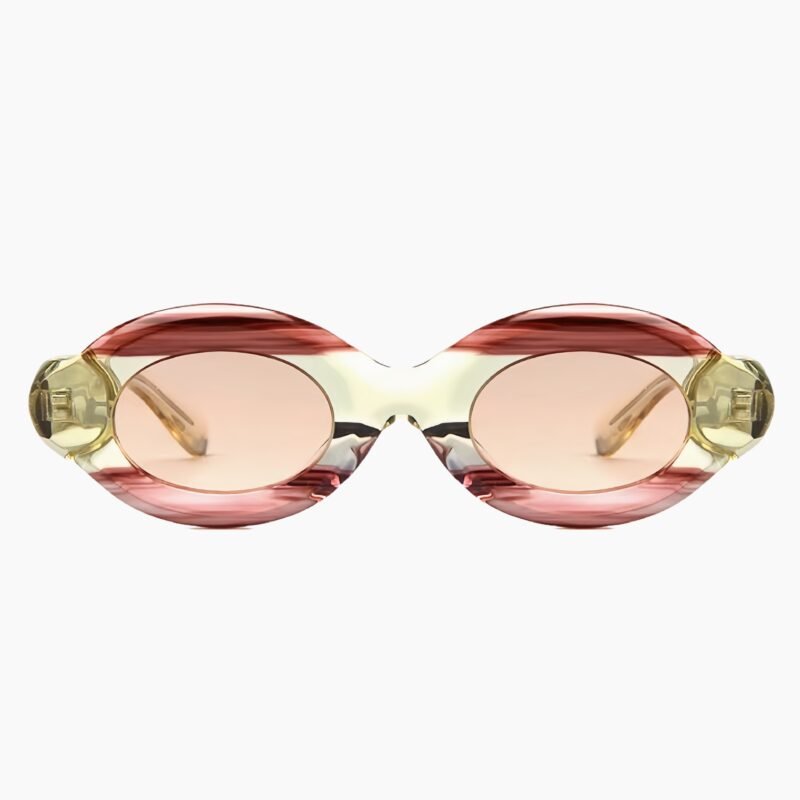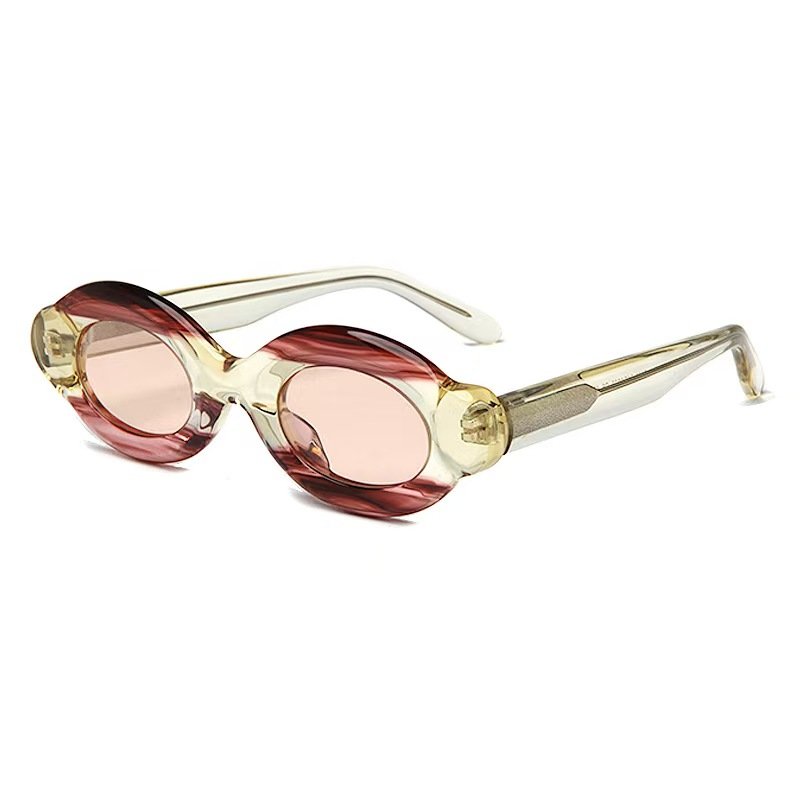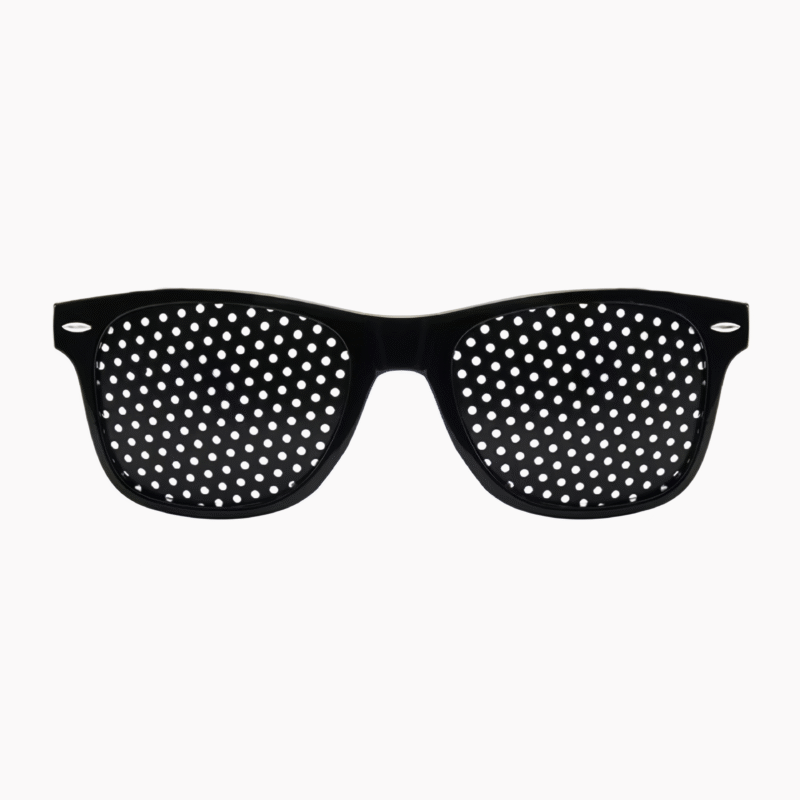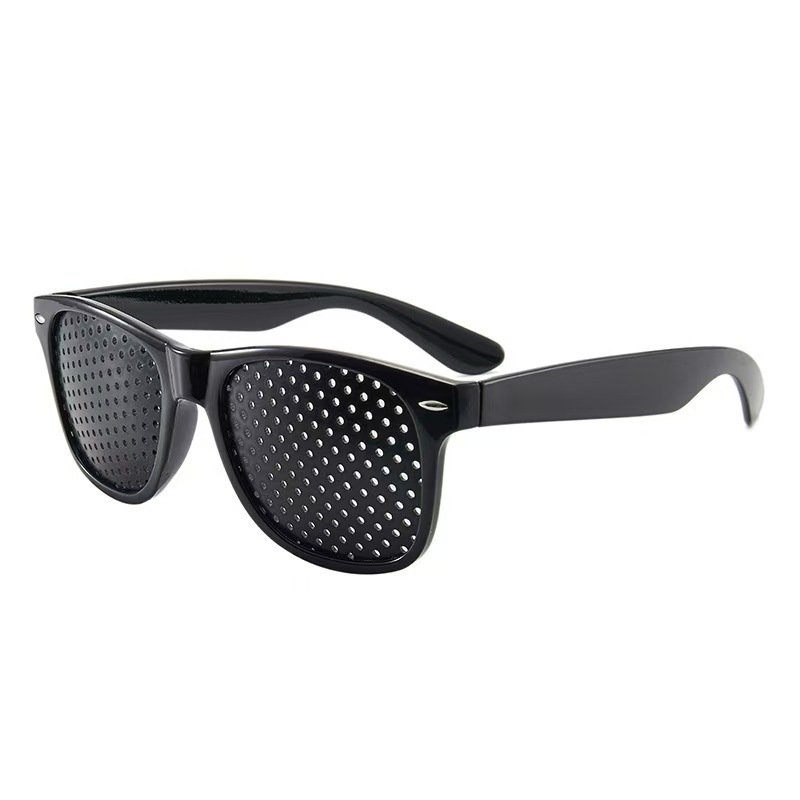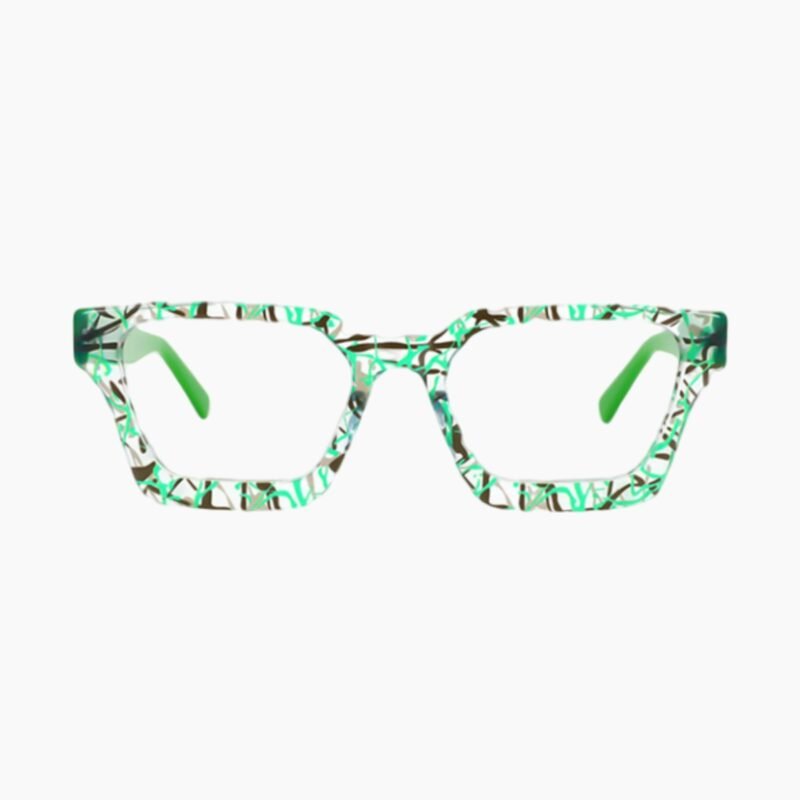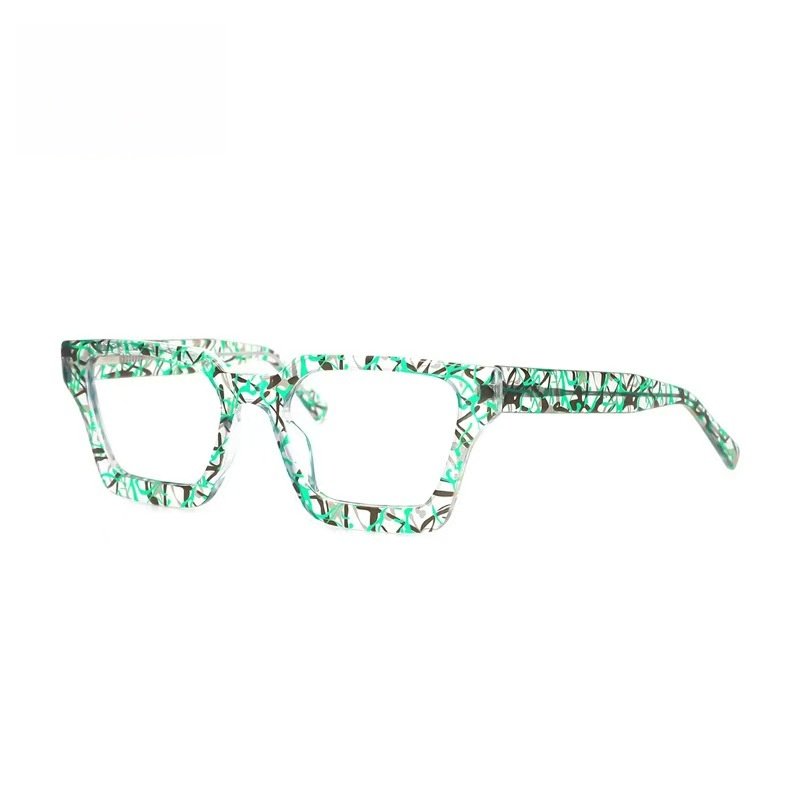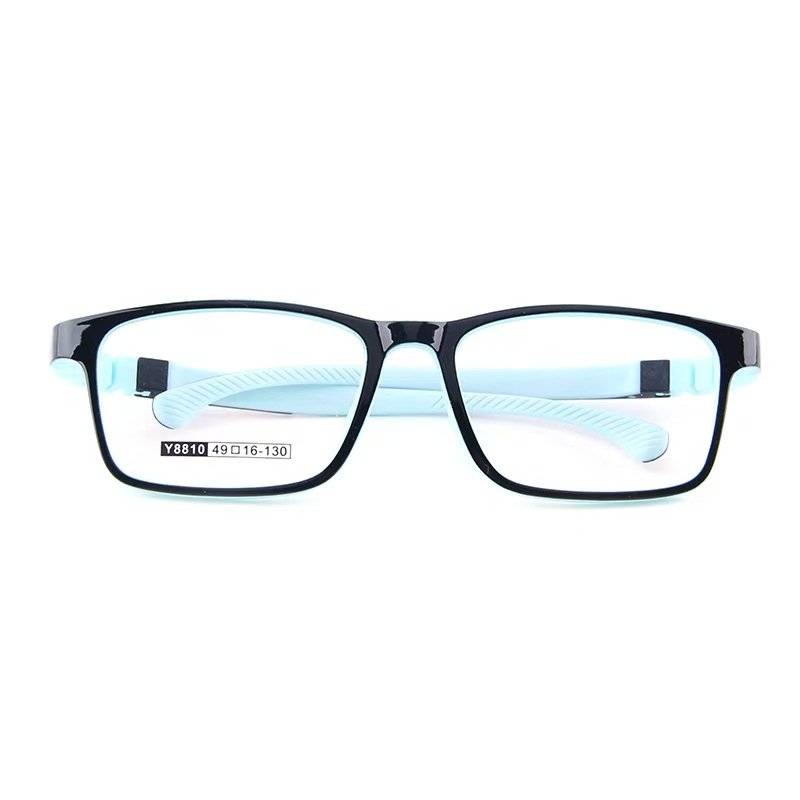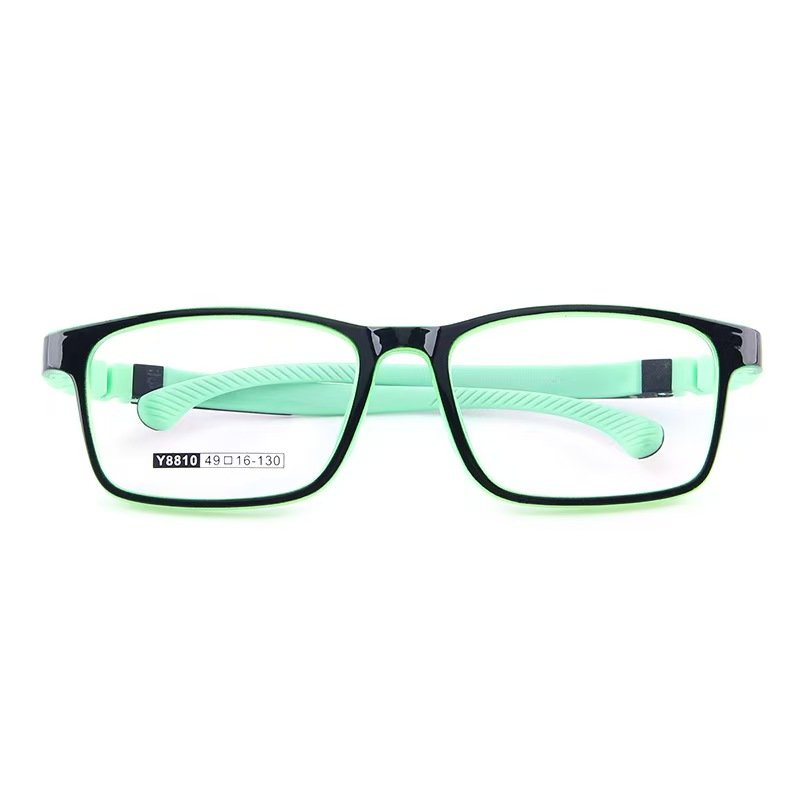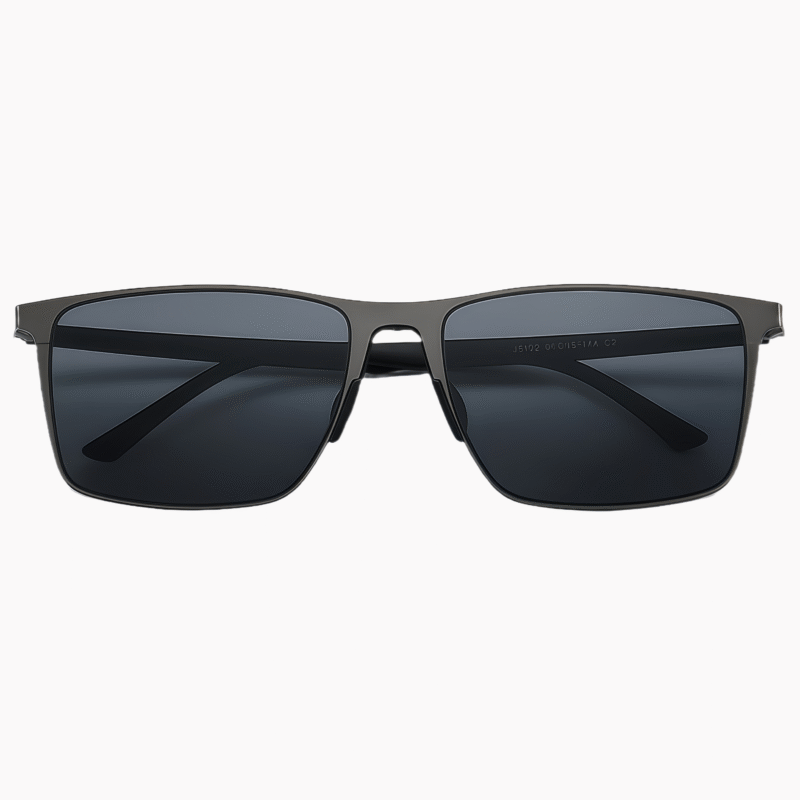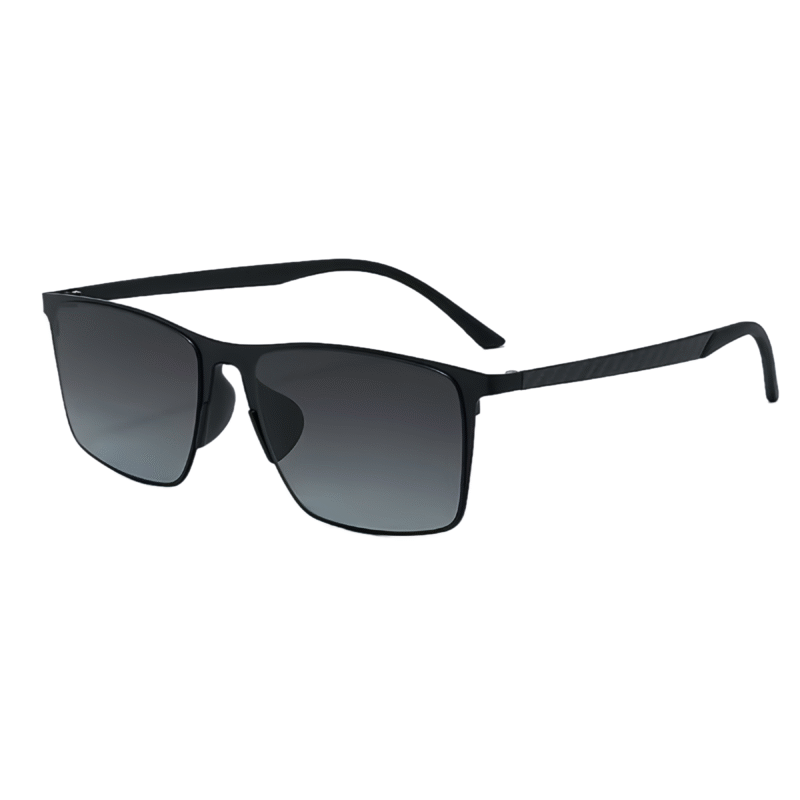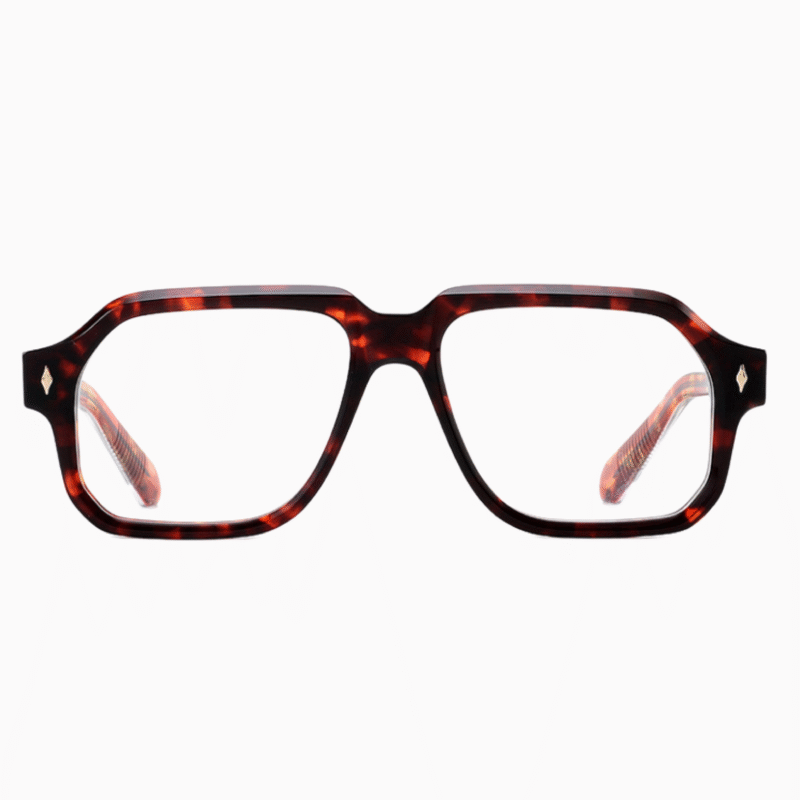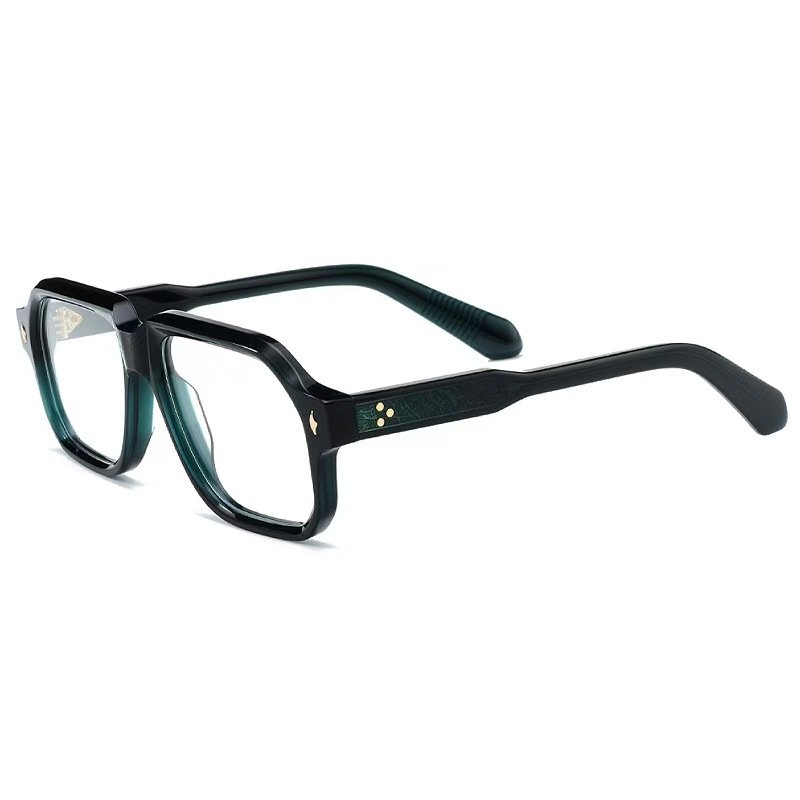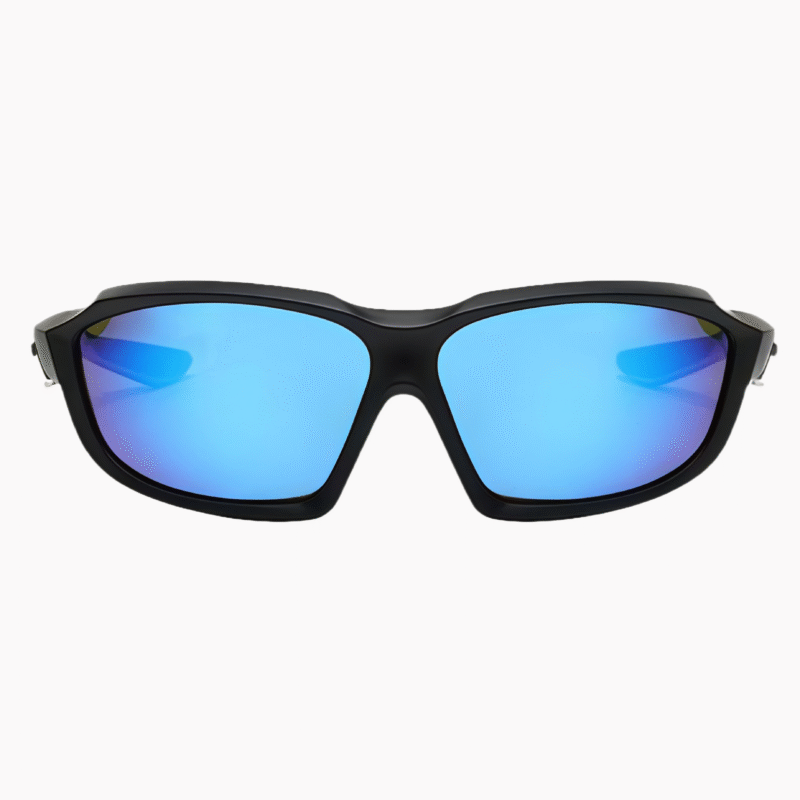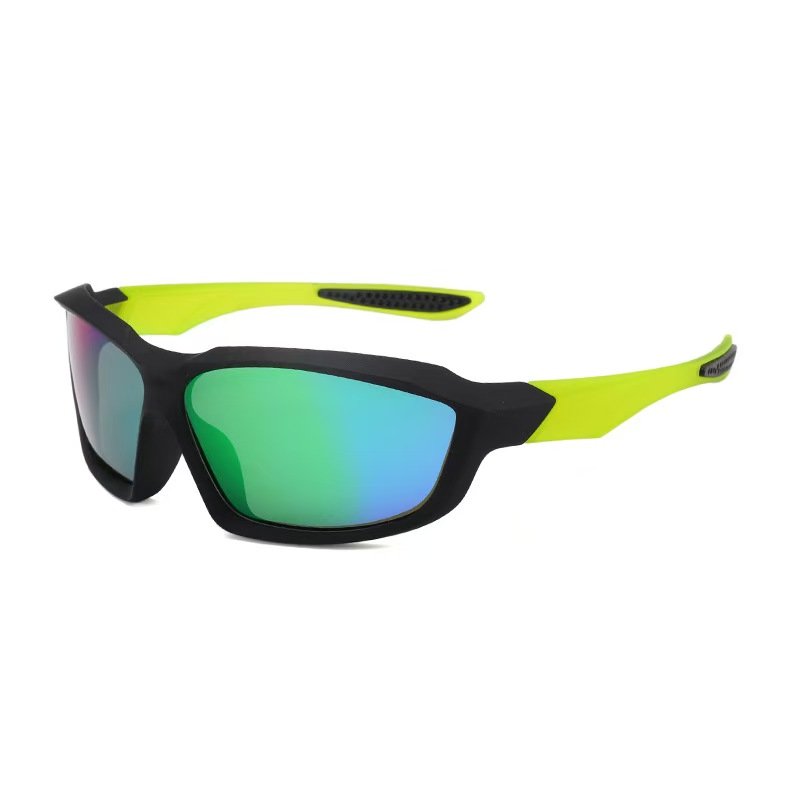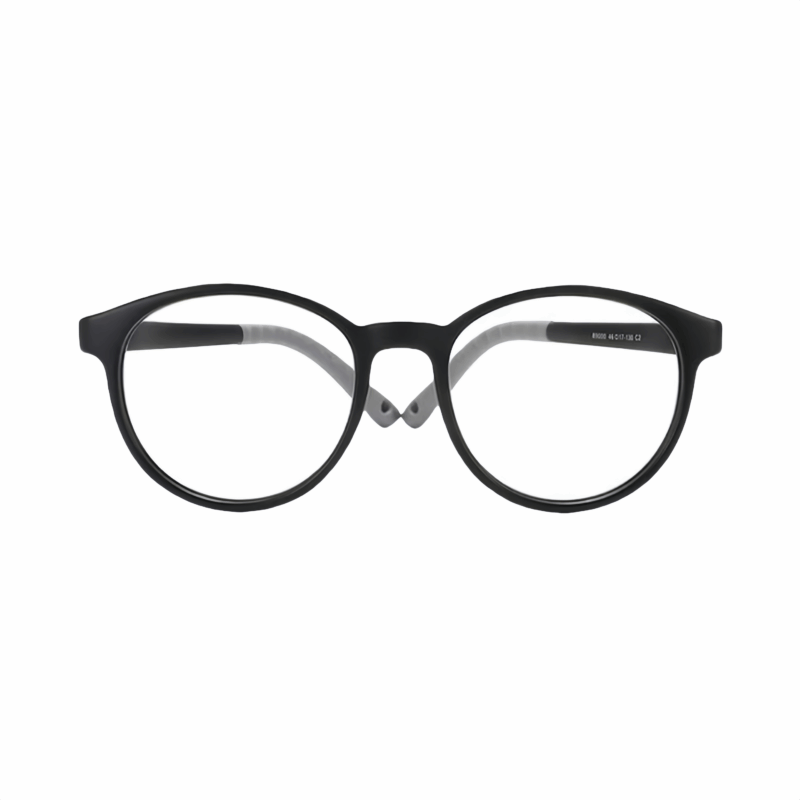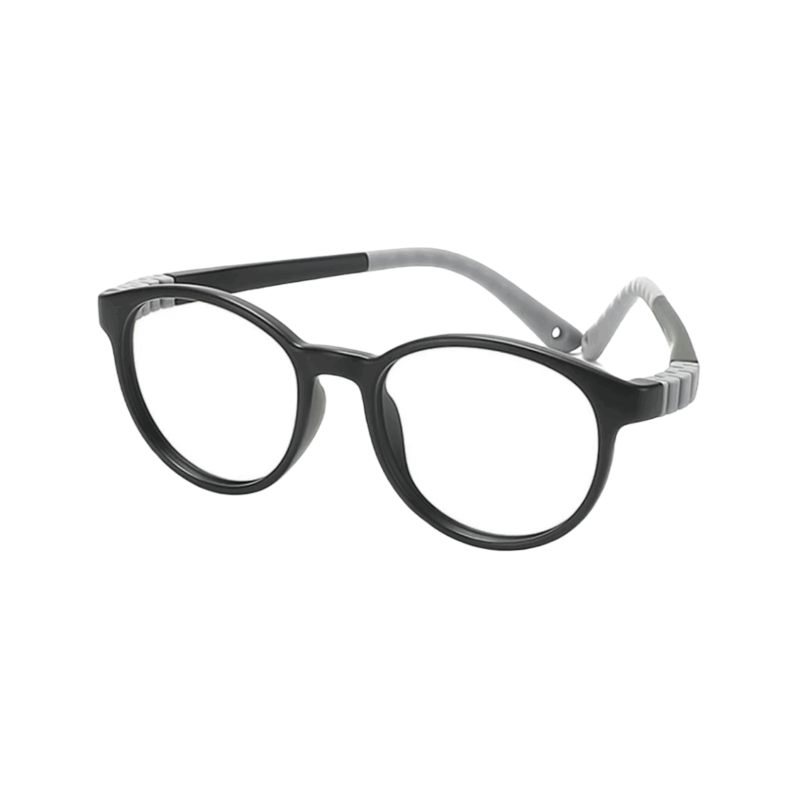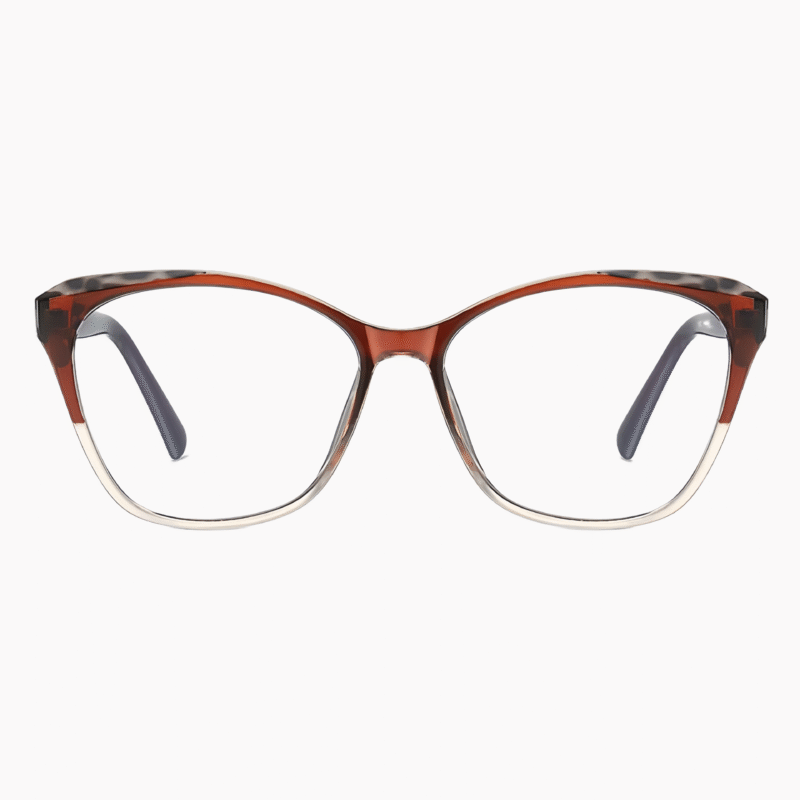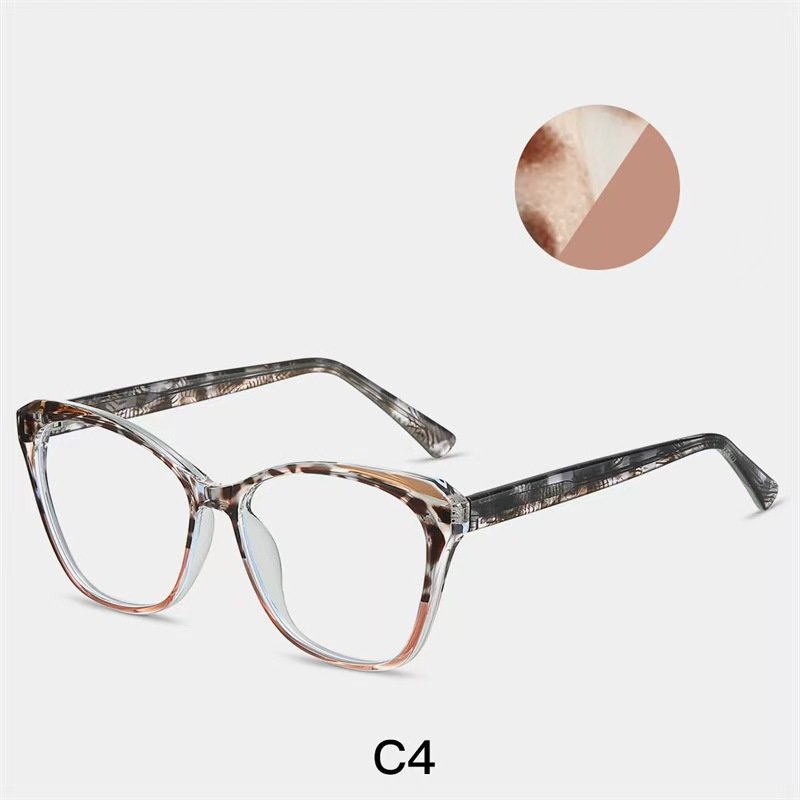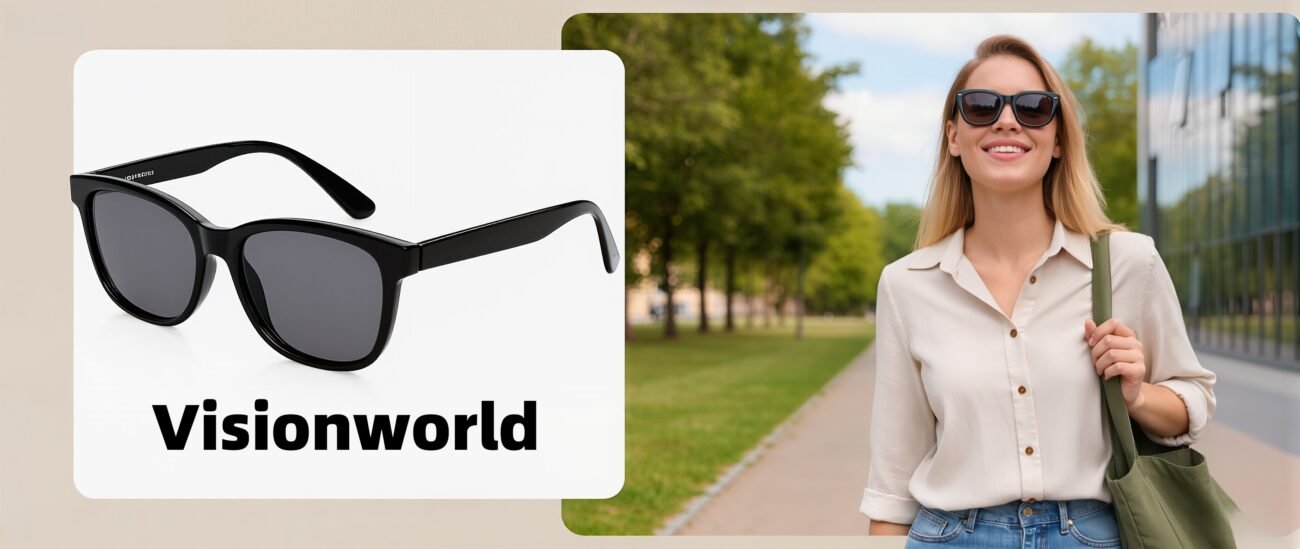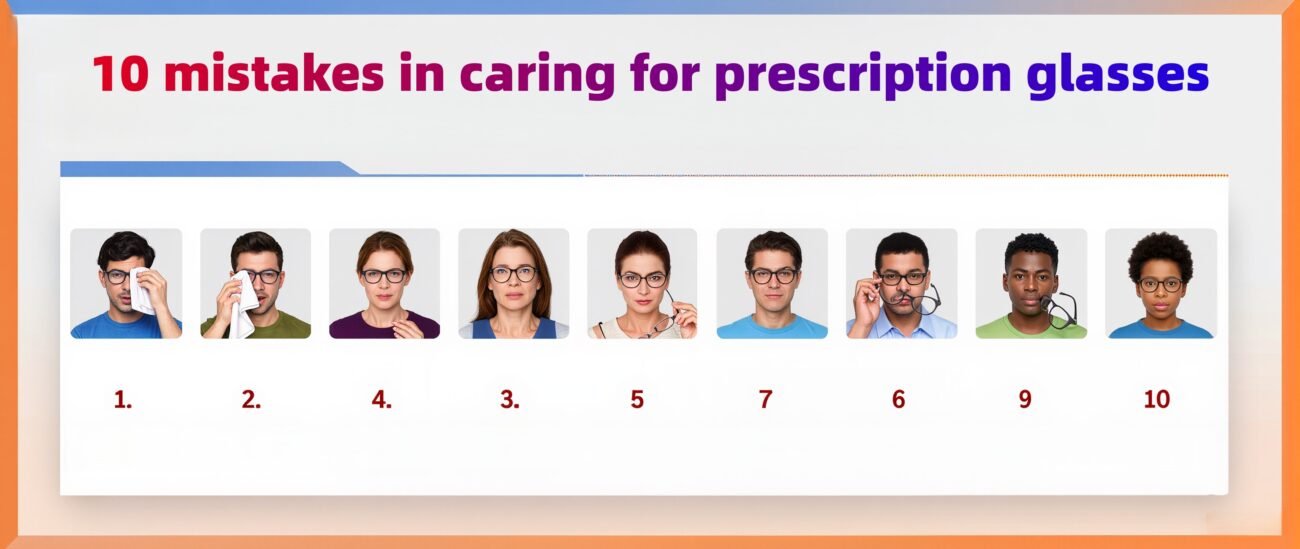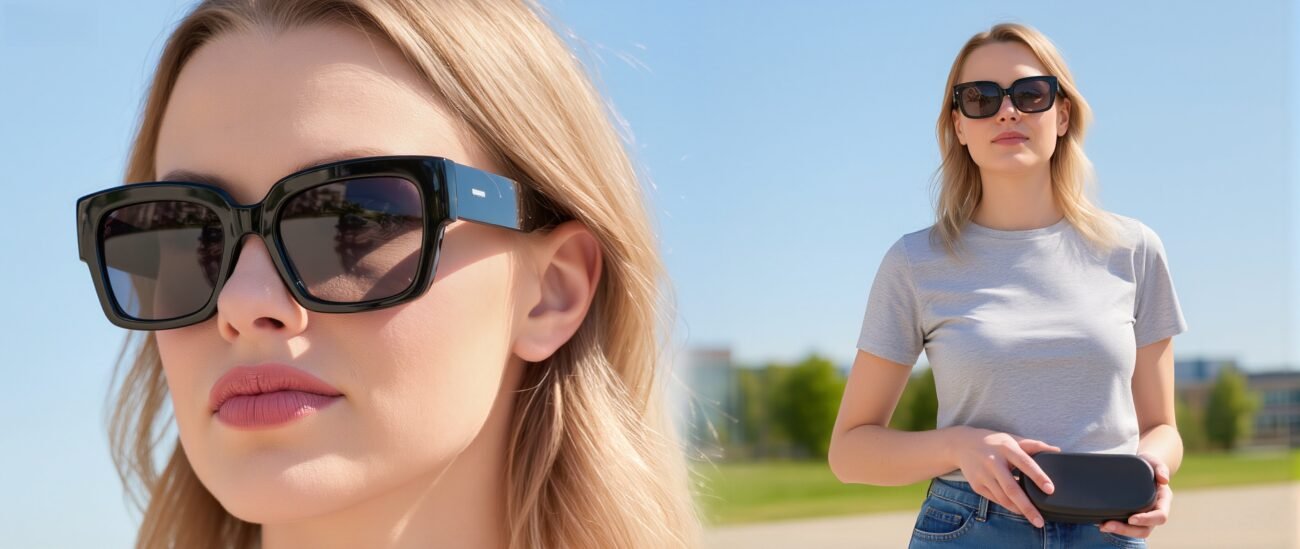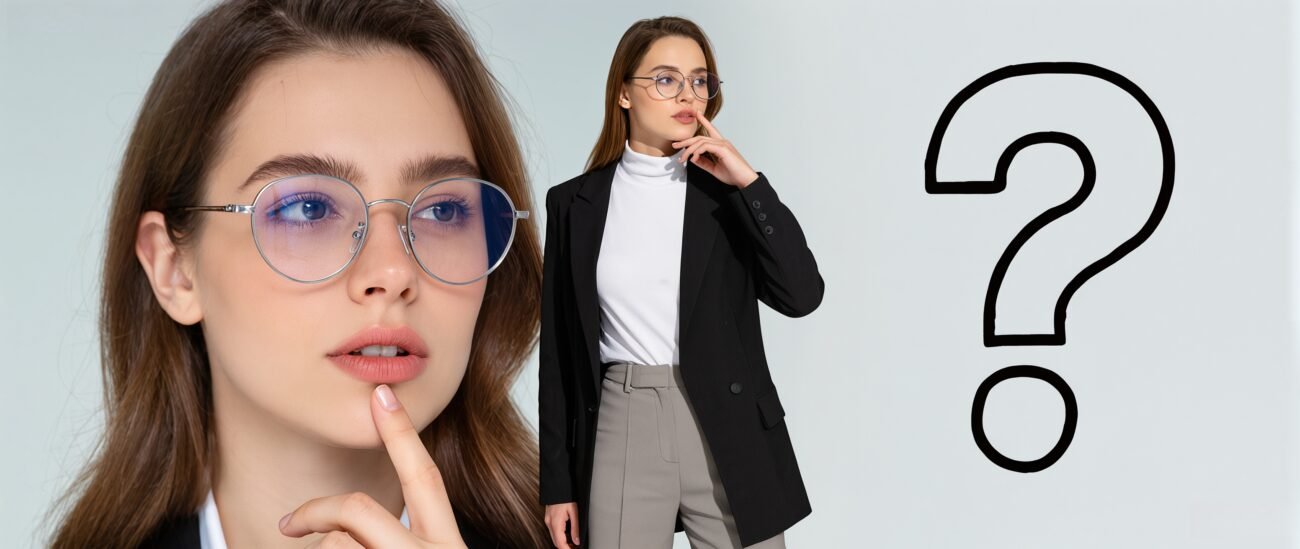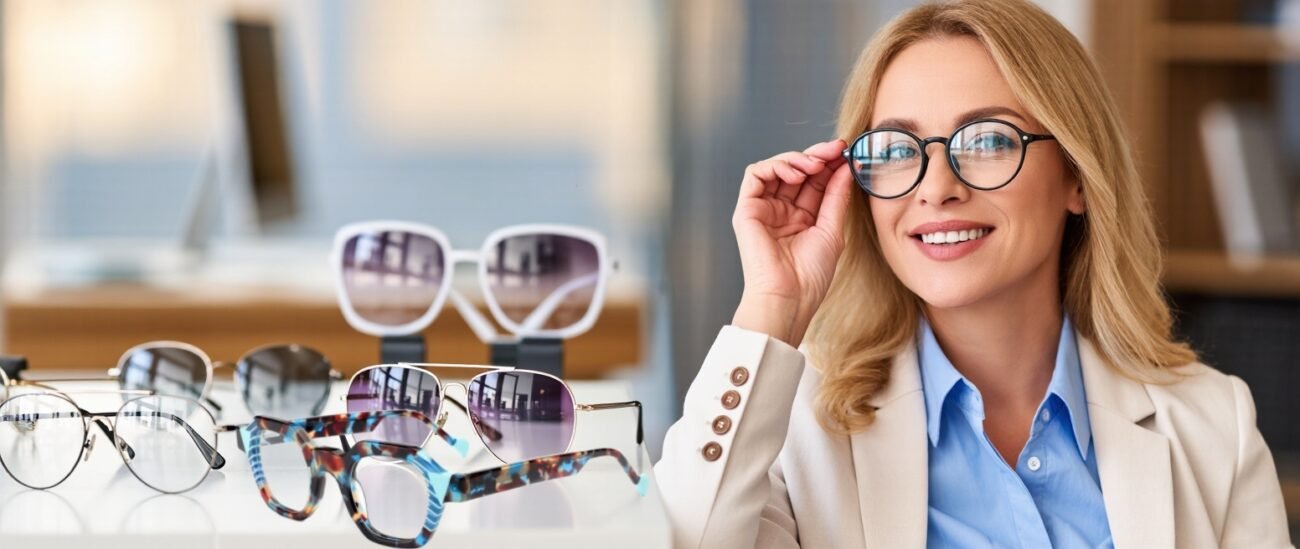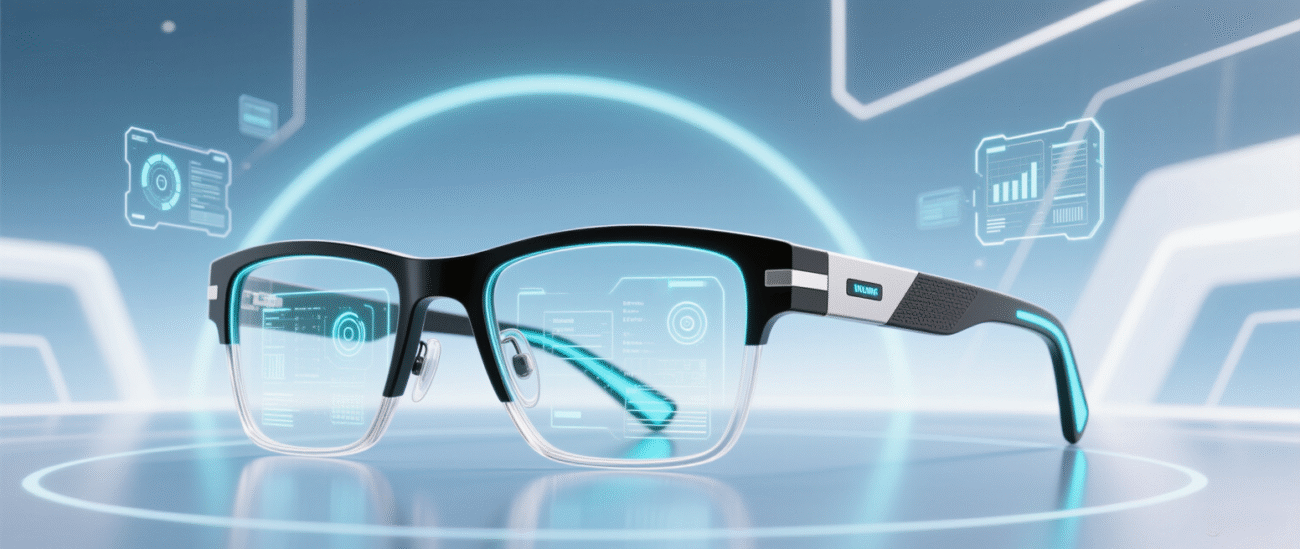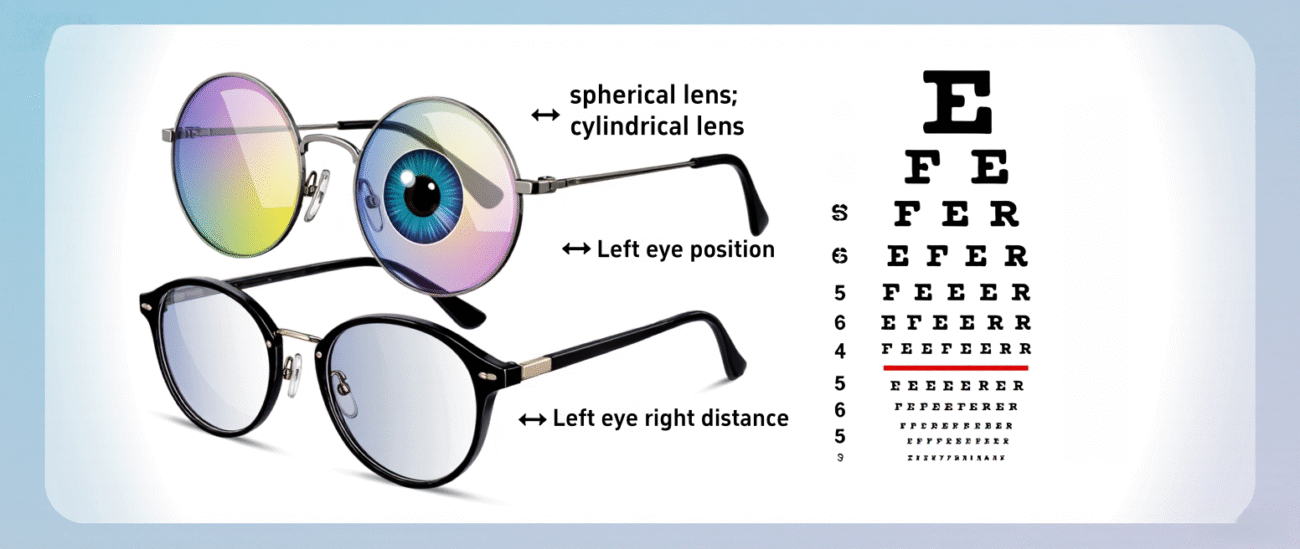Blog
Graduated multifocal glasses adaptation period: Common issues and 5 tips for a smooth transition

So, you’ve just gotten your first pair of progressive lenses or progressive multifocal glasses. You were probably excited about the promise of clear vision at all distances—reading your phone, working on your computer, and driving, all without the hassle of switching between multiple pairs of glasses. But now, you might be feeling a bit... frustrated. The world seems a little wobbly, you're tilting your head at weird angles, and you feel a slight dizziness when you walk.
Graduated multifocal glasses Sound familiar? Don't worry, you're not alone.
The transition to progressive lenses is a journey, not a single event. It requires your brain and eyes to learn a new way of seeing. This progressive lenses adaptation period is completely normal, but understanding the common problems with new progressive glasses and knowing how to overcome them is the key to success.
In today's digital world, many are opting for progressive lenses with blue light protection, combining vision correction with essential defense against digital eye strain from screens. This blog post will guide you through the adaptation phase, whether you have standard progressive multifocal glasses or the advanced blue light blocking progressive lenses.
Common Challenges During the Graduated multifocal Glasses Adjustment Phase
Before we dive into the solutions, let's identify the enemy. Knowing what to expect can ease your anxiety.
1. The "Swim Effect" and Spatial Disorientation: The most common complaint. The peripheral areas of the lenses, especially at the sides of the intermediate and near zones, have distortion. When you move your eyes side-to-side, the world might seem to "swim" or bend. This can cause a feeling of unsteadiness or even dizziness with new multifocal glasses.
2. Finding the "Sweet Spot": Progressive lenses have a specific corridor where the prescription gradually changes. The challenge is learning to point your nose precisely to align the correct part of the lens with what you want to see. You might find yourself trouble adjusting to progressive lenses when you constantly bob your head up and down.
3. Blurred Vision in Peripheral Areas: Unlike single-vision lenses, not every part of a progressive lens is designed for crystal-clear vision. The lower and side portions are for specific distances. Initially, you might experience blurry peripheral vision with progressives when you glance down at your feet while walking.
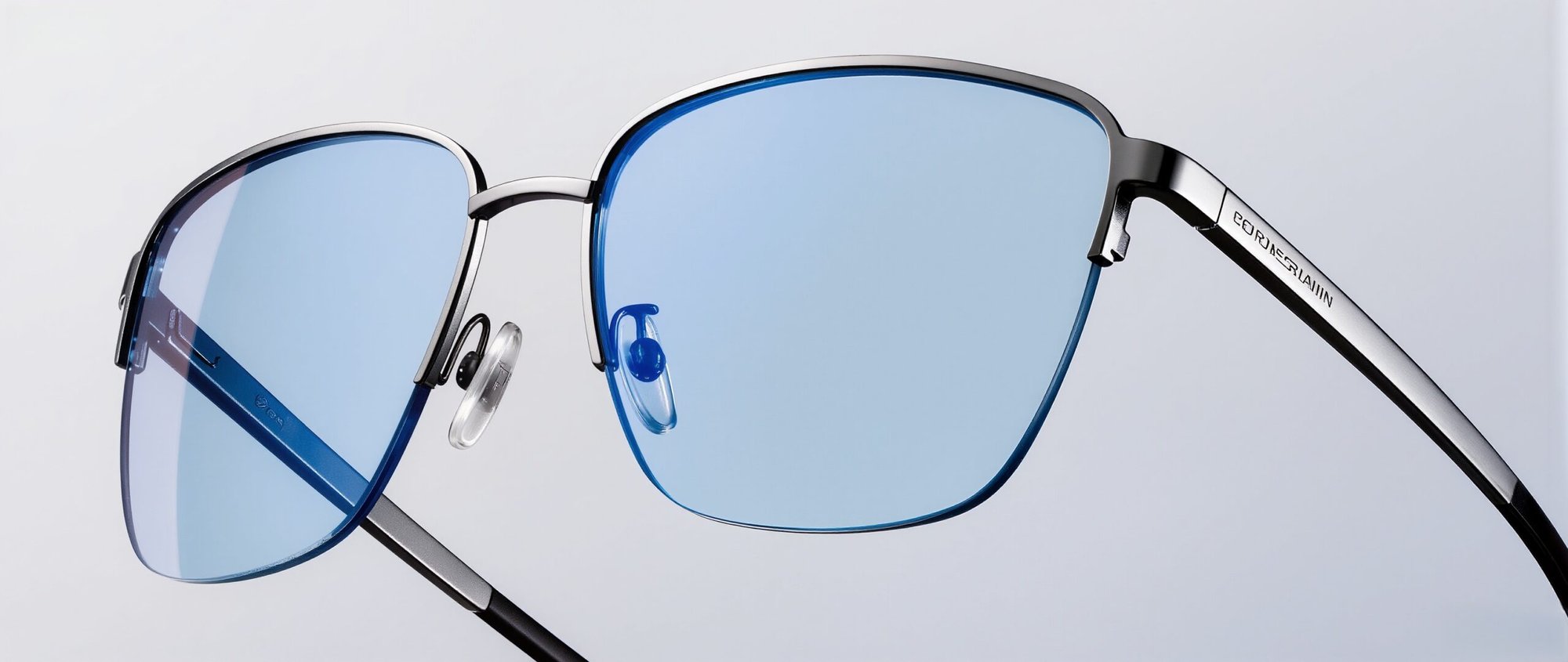
4. Difficulty with Computers and Digital Screens: The intermediate zone, designed for computer use, can be tricky to find at first.
You may strain your neck by tilting your head back to see the screen clearly, leading to digital eye strain and progressive lenses discomfort. This is a key area where blue light filtering progressive lenses prove their worth, reducing glare and filtering out harmful high-energy visible (HEV) light.
5. Challenges with Stairs and Walking: Descending stairs can be intimidating.
Looking down through the wrong part of the lens can make steps appear blurry. The trick is to tip your head down slightly and use the distance zone at the top of the lenses, not the reading zone at the bottom.
If you're experiencing any of these, you're on the right track! These are all standard issues with new progressive eyewear. The good news? It gets better—much better. Here’s how to ensure a smooth transition.
5 Proven Tips for a Seamless Transition to Your New Glasses
1. Wear Them Consistently (The Golden Rule)
This is the most critical advice.How long to adjust to progressive lenses? For most people, it takes anywhere from a few days to two weeks. For a smaller group, it might take up to a month. The key is persistence. Wear your new glasses as soon as you wake up. The more consistently you wear them, the faster your brain will adapt to the new visual signals.
Avoid switching back and forth to your old glasses, as this resets the adaptation process.
2. Point Your Nose, Not Just Your Eyes
This is the fundamental technique for usingprogressive multifocal glasses. Instead of just moving your eyes to look at something, turn your entire head to point your nose directly at the object. This ensures you are looking through the correct part of the lens—the distance zone for far, the intermediate for computer, and the near zone for reading. This simple habit solves most problems with progressive lens alignment.
3. Master the Head Tilt for Reading and Screens
For reading a book or your phone,lower your eyes, not your head. Use the bottom portion of the lenses. For a computer screen, which uses the intermediate zone, you may need to tilt your head back slightly.
Ensure your screen is at eye level or slightly below to minimize neck strain. If you spend long hours in front of digital devices, blue light protection in multifocal glasses is a game-changer, alleviating the benefits of blue light blocking for computer use like reduced eye fatigue and improved sleep quality.

4. Start in a Safe, Familiar Environment
Begin your adaptation at home.Practice looking at objects at different distances: the TV (distance), a clock on the wall (intermediate), and a book in your hands (near). Walk around your house to get used to the feeling before tackling busy sidewalks or driving.
When you feel confident, practice in a familiar store before driving. Always ensure you are completely comfortable with your progressive glasses for driving before hitting the highway.
5. Ensure a Perfect Fit and Discuss Your Lifestyle
A proper fit from your optician is non-negotiable.If your glasses are even slightly crooked or sit too high or low on your nose, the optical corridors will be misaligned, causing trouble adjusting to progressive lenses.
Go back for an adjustment if something feels off. Furthermore, when ordering, discuss your specific needs. Do you need best progressive lenses for computer work? Do you want blue light and glare protection with progressives? Modern lenses can be customized for your tasks, making adaptation easier. Ask about digital progressive lenses designed specifically for a tech-heavy lifestyle.
Why Combining Blue Light Protection is a Smart Move
Integrating blue light filtering into your progressive multifocal glasses is one of the smartest vision investments you can make today. Blue light blocking progressive lenses offer a dual benefit:
· They facilitate adaptation by reducing screen glare, which makes it easier to find and use the intermediate zone on your computer.
· They provide long-term comfort by minimizing digital eye strain symptoms (dry eyes, headaches, blurred vision) and supporting healthier sleep patterns by filtering the blue light that can disrupt melatonin production.
When searching for options, use keywords like blue light protection progressive lenses USA or computer glasses with progressive and blue light filter to find the right products.
Conclusion: Patience Leads to Perfect Vision
The progressive lenses adaptation period is a small price to pay for the incredible convenience of seamless vision. By understanding the common hurdles and actively practicing these five tips, you'll be on your way to forgetting you're even wearing them. Remember, your brain is learning an amazing new skill!
Ready to enhance your progressives? Talk to your eye care professional about customizing your next pair with advanced progressive lenses with blue light protection. Your eyes—and your workflow—will thank you.
What demographic are Graduated multifocal glasses suitable for?

If you're hearing about "Graduate" multifocal glasses, you're likely asking the crucial question: "Are these for me?" Also known as progressive lenses for early presbyopia, this innovative eyewear isn't designed for everyone. It targets a very specific demographic navigating a common vision milestone.
So, what is the core demographic for Graduate multifocal glasses?
The primary users are adults in their 40s and early 50s who are experiencing the first signs of presbyopia. This is the age group—often called "Gen X presbyopes" or young presbyopes—who are noticing that their arms are suddenly "too short" to read their phone. They are not yet ready for full-strength progressive lenses but need a solution for their changing eyes.
Let's break down the ideal candidate:
1. The Tech-Savvy Professional (Ages 40-55):
This individual spends hours in front of digital screens.They struggle with digital eye strain and presbyopia, finding that single-vision computer glasses aren't enough for quickly glancing from their monitor to a notepad or a colleague across the table. For them, Graduate multifocal glasses for computer use are a game-changer. They offer a wider intermediate zone for the screen and a comfortable near zone for reading documents, all while reducing the need for constant refocusing.
2. The Active "Young" Boomer:
This demographic is redefining what it means to be in their 40s and 50s.They are active, socially engaged, and refuse to be tied down by cumbersome reading glasses. They need a seamless solution for a dynamic lifestyle—from checking a restaurant menu to looking at GPS while driving. Progressive lenses for active lifestyles like Graduate lenses provide the fluid vision they demand without the pronounced distortion of traditional progressives, making them ideal for a smoother transition to multifocals.

3. The "In-Between" Vision User:
This person knows their arms-length reading trick is failing but feels that full progressive lenses are too strong or difficult to adapt to.They are the perfect candidate for entry-level progressive lenses.
Graduate lenses act as a bridge to progressive lenses, offering a gentler power transition that helps their brain adapt to multifocal vision before potentially needing a stronger prescription later in life.
In conclusion, if you're in your 40s, digitally dependent, and feeling the frustration of early presbyopia, you are the exact demographic for Graduate multifocal glasses. They are specifically engineered to be your first, and most comfortable, step into the world of seamless, all-in-one vision.
Best for teenagers’ vision protection pinhole glasses auxiliary vision correction relieve pressure
$14.90Square cat eye frame women’s prescription glasses – the favorite anti UV400 glasses for American women2025
$79.50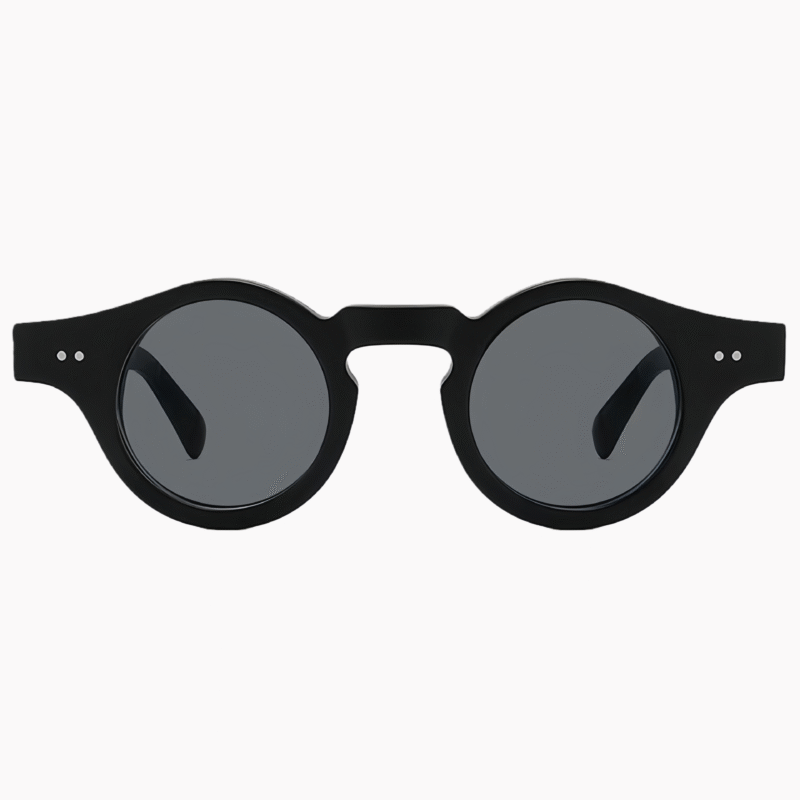
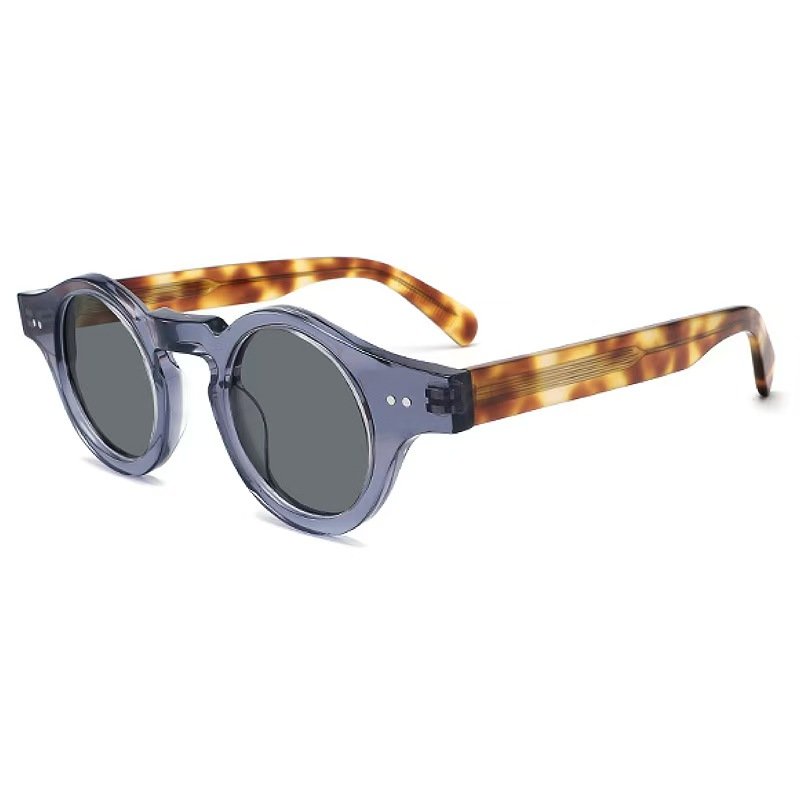
Progressive Thick-Frame Oval Sunglasses | Premium Acetate & Polarized Lenses
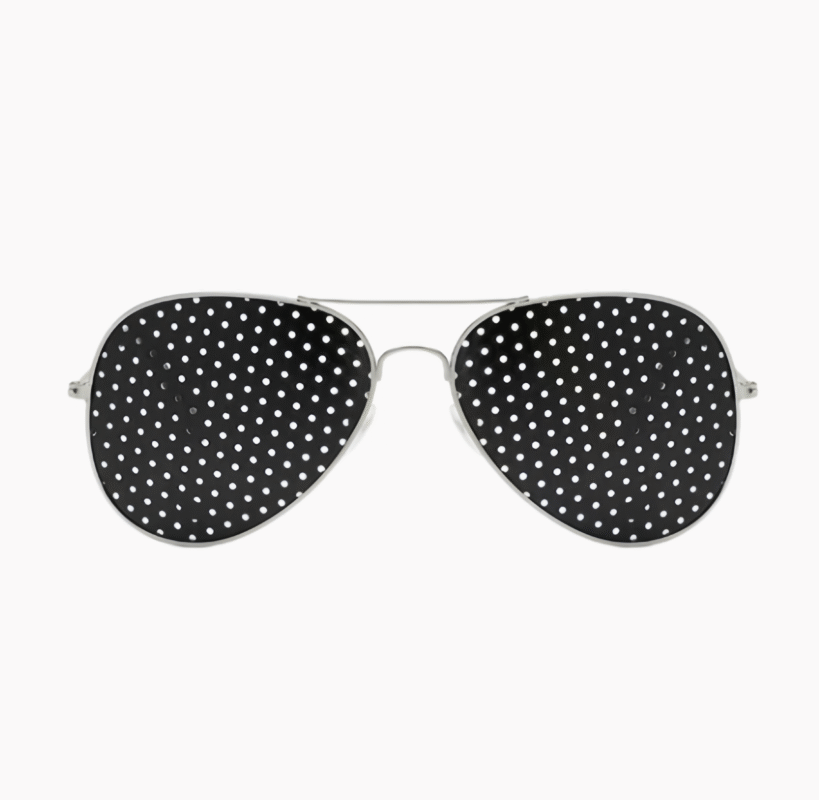
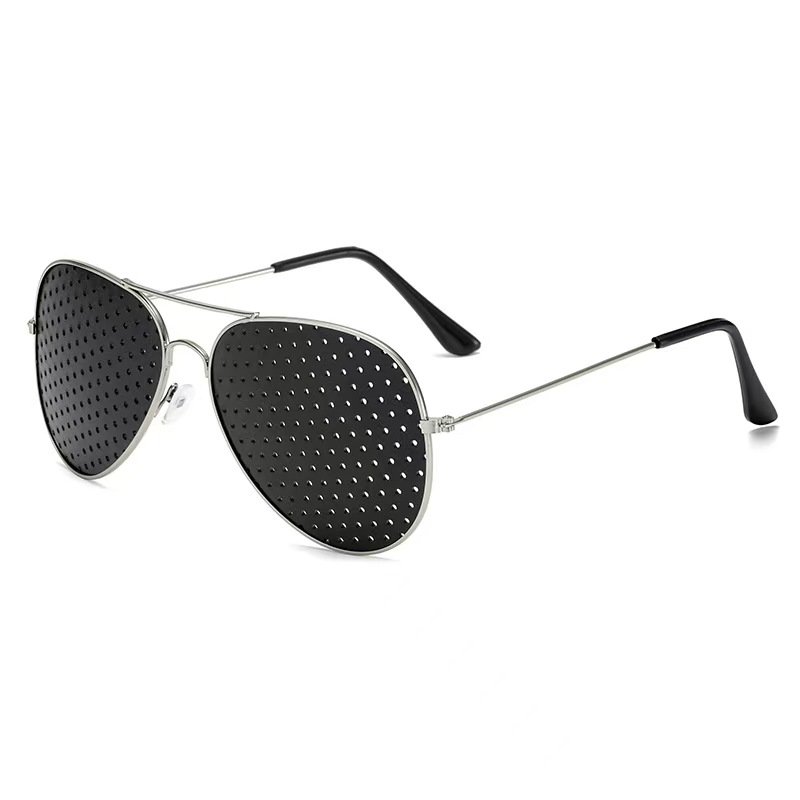
Pilot style pinhole glasses vision correction-The most comfortable and convenient visual training glasses
$37.00Square frames for myopia children – the best lightweight prescription glasses
$38.00Classic driving square polarized sunglasses – high-end sun visor
$39.90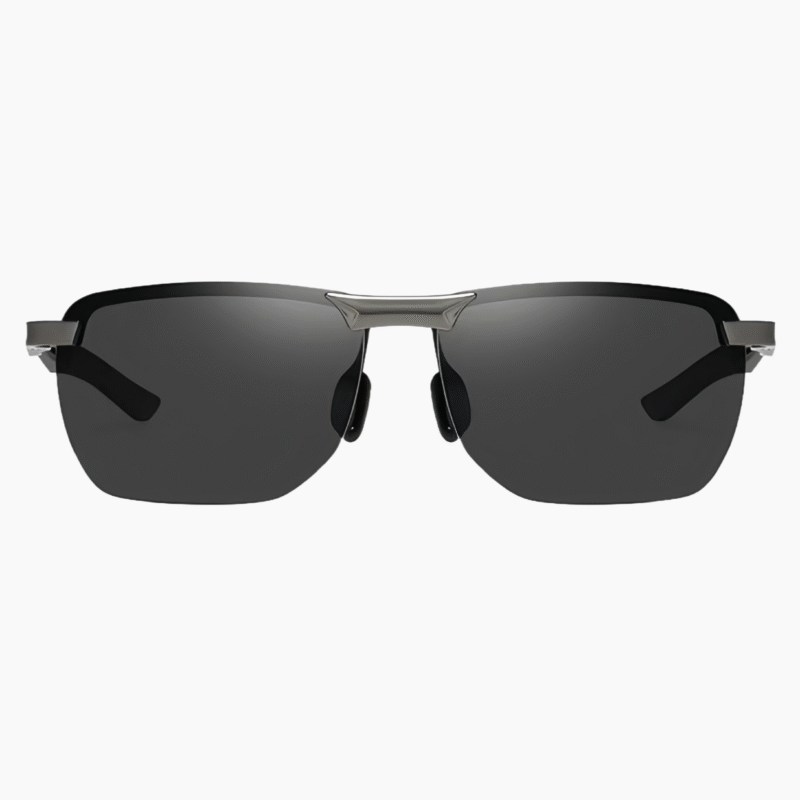
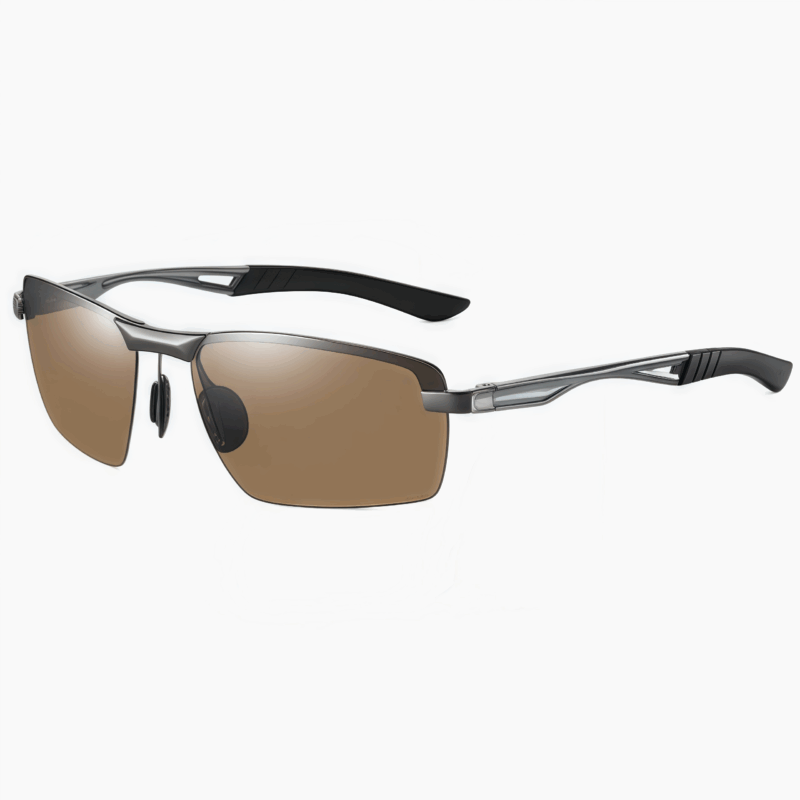
Men’s Polarized Sunglasses Anti-UV400 Sports Glasses – 2025 America’s Best Selling Sung
$29.90Retro Geometric Glasses Frame – The most Personalized Prescription Glasses Frame 2025 Edition
$69.00Men’s polarized sunglasses lightweight frame – the most suitable glasses for cycling, travel, and mountain climbing
$22.90TR90 children’s prescription glasses – the best-selling eyeglass frame in 2025
$35.90